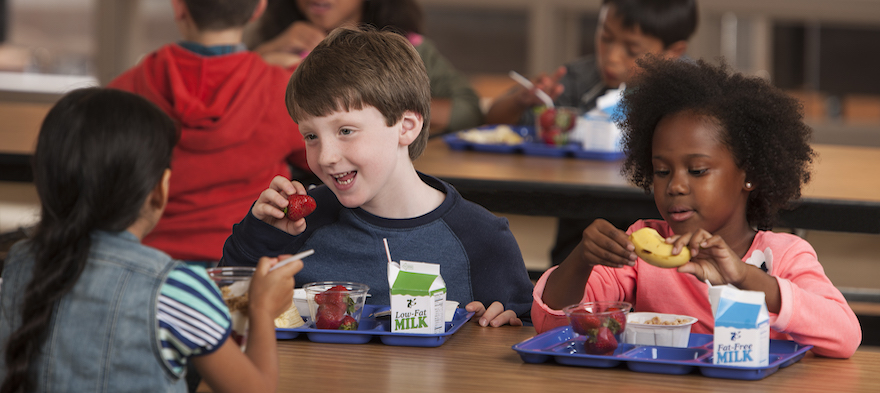
Wendy Turner teaches second grade at Mt. Pleasant Elementary School in Wilmington, Delaware. She is passionate about connecting learning in the classroom to the real world. Deeply committed to social-emotional learning, she guides her students to embody respect, empathy, citizenship and growth mindset through dynamic classroom experiences. She advocates for educating the whole child, trauma invested learning, and equitable school breakfast practices. She is a 2016 Presidential Awardee for Excellence in Teaching Science, the 2017 Delaware Teacher of the Year, a 2018 NEA Foundation Excellence in Education Award Recipient, a 2019 NEA Foundation Global Fellow and a No Kid Hungry School Breakfast Fellow.
If you have a child with disabilities, you’re not alone: According to the latest data, over 7 million American schoolchildren — 14% of all students ages 3-21 — are classified as eligible for special...
The fight for educational equity has never been just about schools. The real North Star for this work is providing opportunities for each child to thrive into adulthood. This means that our advocacy...
The story you tell yourself about your own math ability tends to become true. This isn’t some Oprah aphorism about attracting what you want from the universe. Well, I guess it kind of is, but...
Your donations support the voices who challenge decision makers to provide the learning opportunities all children need to thrive.
Ed Post is the flagship website platform of brightbeam, a 501(c3) network of education activists and influencers demanding a better education and a brighter future for every child.
© 2020–2024 brightbeam. All rights reserved.